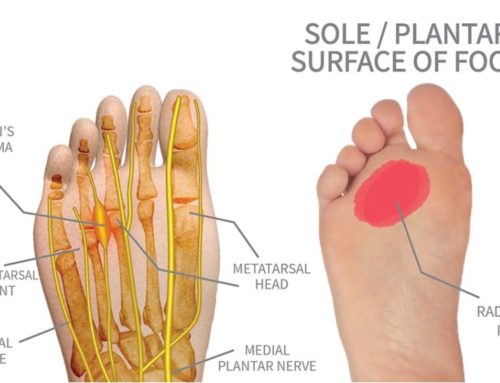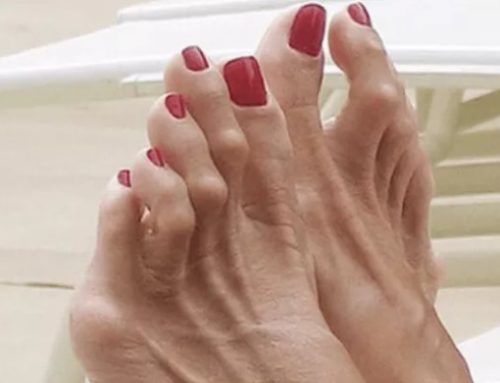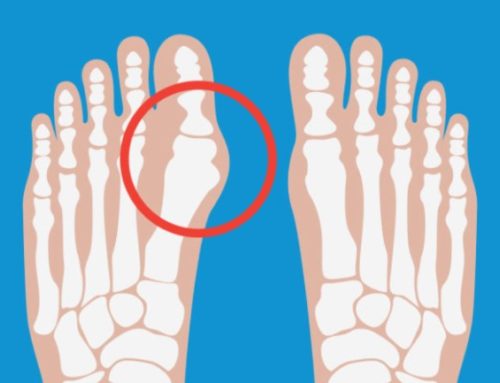For most people, the word “spurs” conjures an image of a cowboy’s riding boots. In the world of podiatry, spurs are a common foot problem. Heel spurs are occasionally problematic calcium deposits on the underside of the heel bone. They are often painless, but become a daily frustration requiring treatment in the cases where they do cause pain.
Causes of heel spurs include strains of the foot muscles and ligaments, stretching of the plantar fascia, and recurrent tearing of the membrane covering the heel bone. Athletes participating in running and jumping activities are more likely to experience spurs. Other risk factors include excess weight, running on hard surfaces, poorly fitting shoes with improper arch support, and abnormalities in walking which place excessive stress on the ligaments, heel bone, and nerves close to the heel.
The reason that some heel spurs start causing pain is the development of inflammation at the location where the spur formed. The spurs themselves are not painful—it is the soft tissue they damage that results in the often described feeling of a knife sticking in the bottom of the feet. Most people experience heel spur associated pain when they first stand up in the morning.
There are many non-surgical treatment options for heel spurs. Stretching exercises, special orthotics, and taping of the foot to rest stressed tendons and muscles have all been cited as being effective. In some cases, corticosteroid injections can help relieve the soft tissue inflammation. For the 10% of people who do not respond to these treatments, surgery might be an option to consider. Minimally invasive removal of the spur itself or release of the plantar fascia usually take care of the problem, but as with all kinds of surgery, there are some associated risks.
If you would like to diagnose your heel pain or explore your treatment options, call 215-230-9707 to make an appointment with Dr. Ken Lefkowitz and his staff at Quality Foot Care in Doylestown.




Leave A Comment